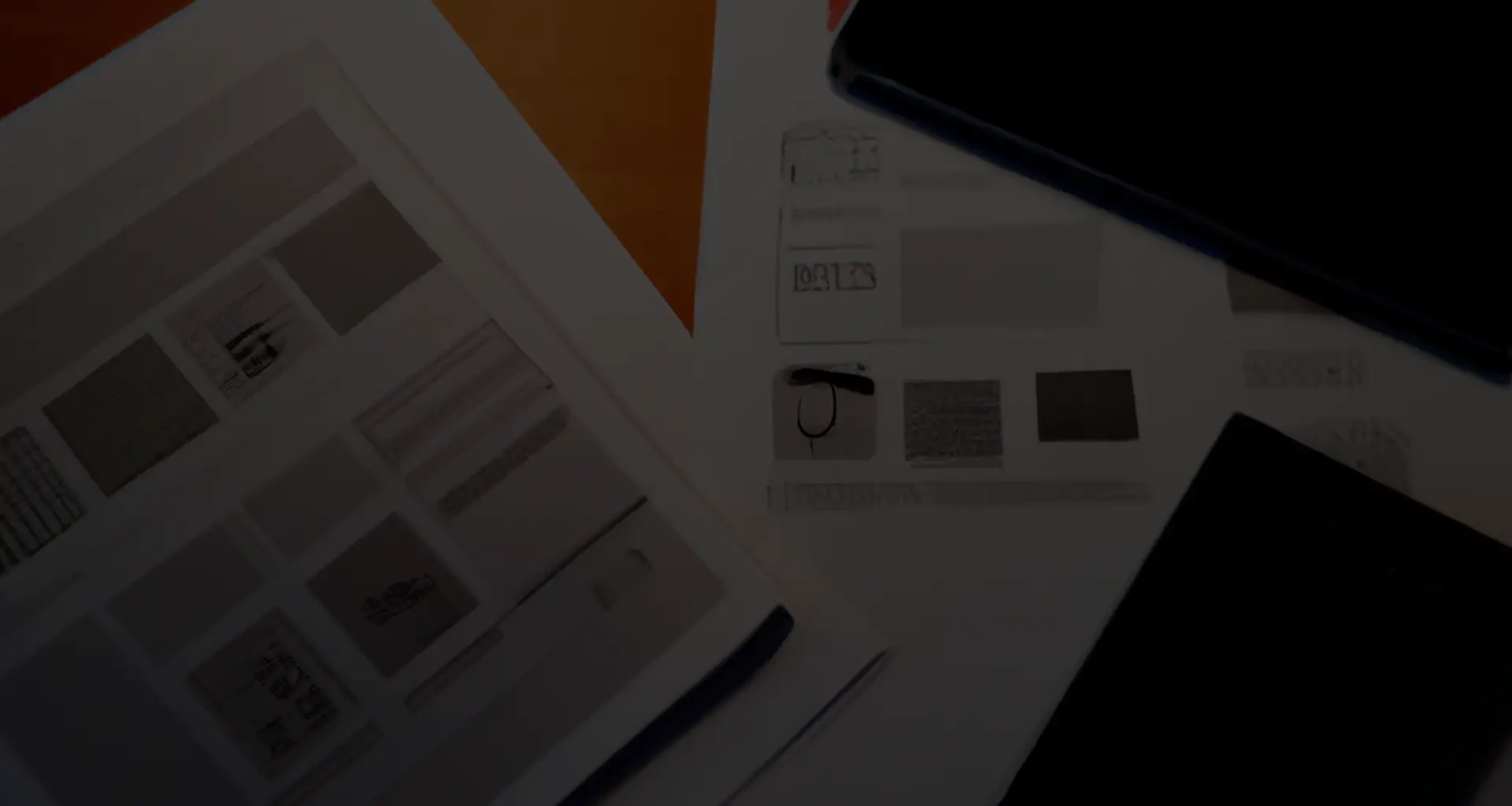Simple examples of the difference between User Interface (UI) and User Experience (UX) design?
UX and UI design are two most frequently mixed up terms in the field of web and application design. They are usually combined into the one UX/UI category, therefore it seems that these are synonyms that actually describe the same thing. Indeed, it can be challenging to grasp the meaning of the terms, since most explanations are filled with the incomprehensibly highly specialized vocabulary. Though, leave your doubts aside!
We’ve prepared a simple primer that allows you to fathom the following terms easily. As you finish reading this article, you’ll have had a clear idea of the distinction and the interrelation of UX and UI design. Let’s get started!
What is UI Design?
Literally “UI” means the user interface, or, in other words, the graphical layout of the application. It includes the appearance of the text, the buttons, text fields, images, color scheme, animations and transitions, as well as the other visual interface elements that users can see.
UI design is developed by UI designers. Their initial task is to elaborate an attractive visual part of the application. All the elements of the user interface should be considered in such a way that they will be both aesthetic, meet the subject of the application and induce interaction.
What is UX Design?
"UX" is the user experience. It defines the way users interact with the application. Is the navigation perceived as a logical or a random one? Is the operation itself a smooth or a confusing one? The degree of the UX design preparation designates whether working with the product will be easy and intuitive. User experience determines the mechanism of interaction with user interface elements, therefore UX designers are related to the user interface as well. Nevertheless, unlike UI designers, the UX ones aren't engaged in the development of the interface appearance, however in its structure and functionality.
How They Work Together
Whereas, the UX designer is responsible for the mechanism of the user interface, thus the UI one for its appearance. Since this is an interconnected process, oftentimes UI and UX designers work together. For instance, it is required to add new buttons to the screen. This will cause the location, shape, or size of already existing elements on the screen changes. Consequently, the UX team will set the optimal layout of the buttons, while the UI team will adapt the visual elements in accordance with the new location.
Research is Key
Research is a significant part of the UI and UX designer's work. It is essential for both categories to comprehend what users desire from applications. In order to get a sense of user preferences, developers use iterative research when, during the usability sessions, real people are offered to interact with the tested versions of a specific function or visual design. In this process, users evaluate low fidelity prototypes, inter alia, wireframe renderings of interface elements or A \ B tests of various versions of the visual interface. The outcomes are taken into account for each iteration, nonetheless, UI and UX demand diverse information.
Research in UI Designs
UI designers should create the interface according to the purpose and class of the application. As a case, before proceeding directly with the development of a travel app design, the team should explore similar applications, i.e. already existing ones. This process assists to predict users expectations and conceive what is preferred by them and what's not. Thus, users enjoy the outlined icons more than the bold ones, and this is a certain rule for a successful interface design. In seeking a memorable interface creation, UI designers occasionally ignore these rules. This will solely be justified in case the common user perception of the interface is maintained.
Research for UX Design
Studying user expectations is vital to UX design. The analysis of the entire user interaction experience with almost every existing application fully contributes in shaping generally accepted expectations for the interface mechanism. While the app creation, apparently logical to the UX designer, yet considering his actual knowledge shortage of generally accepted conventions, this can easily cause the inappropriate interface functioning drastically contrary to what is expected by users and won't be an admiration respectively. For instance, most people are used to the fact that a double click opens a file, and a single click selects it. This is a well-established mechanism. If a UX designer alters this, then users will surely do the wrong things.
UI vs. UX: Two Very (Drastically) Different Disciplines that Work in Harmony
Although UX and UI designs are split with distinct concepts, the success of one directly depends on the success of the other one. Users won't appreciate an appealing design if the interface is awkward as well as unclear to navigate. Likewise, a perfectly thought-out user interface can be defaced by an unpleasant visual design. Anyway, the constant examination of user expectations is a key to a good UI/UX design. If both UI and UX are equally well-designed, then the progress will be amazing!

